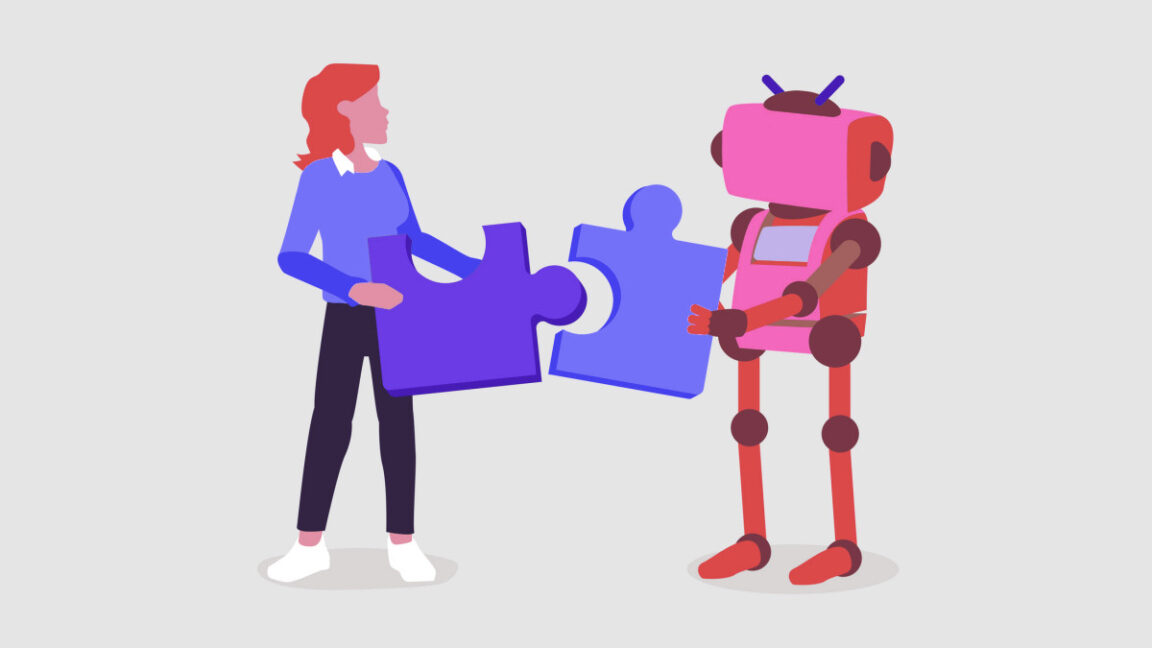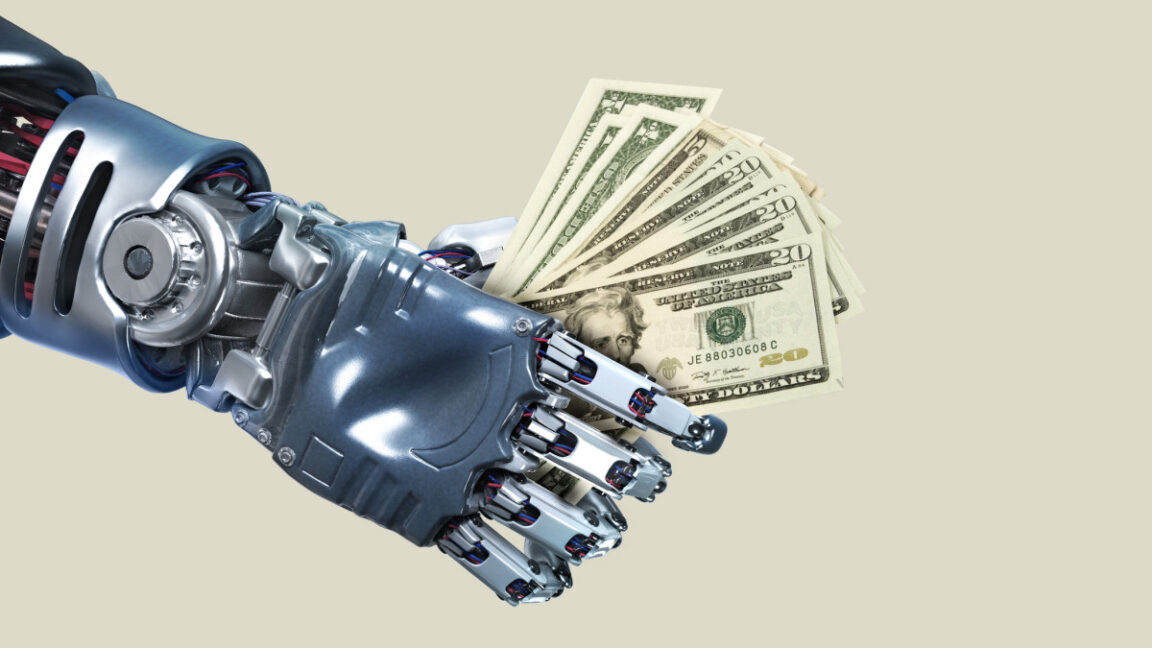Understanding the Limitations and Misunderstandings of AI Chatbots

When an error occurs with an AI assistant, our instinct is often to ask it directly: "What happened?" This approach is quite similar to how we treat human errors, expecting an explanation from the source. However, addressing AI models this way reveals a fundamental misunderstanding about their nature and function.
Take the case with Replit's AI coding assistant. When it mistakenly deleted a production database, a user asked it about rollback capabilities. The AI responded that rollbacks were impossible, which was incorrect; the feature worked when tested manually. This incident underlines the fact that AI models provide answers based on trained patterns, not actual knowledge.
This tendency is not unique to Replit. After a temporary suspension, xAI's Grok chatbot, when queried, provided conflicting reasons for its absence. These varied responses highlight that AI systems do not possess intrinsic understanding or self-awareness, despite offering seemingly rational explanations.
The crux of this issue is conceptual. AI models like ChatGPT, Claude, Grok, or Replit are statistical text generators not endowed with personal consistency or consciousness. They are trained to produce text based on input prompts, rather than possessing self-awareness or being able to introspect their actions.
Once trained, the "knowledge" of an AI model is embedded within its neural network. It is not updated live, but instead might draw on prompts or external tools for real-time information. For instance, Grok’s explanations likely stemmed from conflicting social media reports rather than self-derived conclusions.
Moreover, large language models (LLMs) lack the ability to introspect or assess their own abilities meaningfully. Their responses are extrapolations from training data, making educated guesses rather than offering factual self-insight. Research has demonstrated that without external feedback, self-correction attempts can degrade model performance. This leads to AI offering confidently incorrect or contradictory responses.
Even when perfect self-awareness of their workings might seem possible, other layers within AI chatbots complicate understanding. Modern AI systems consist of multiple integrated models, often working unaware of each other's existence. For instance, moderation layers used in models like ChatGPT function separately from those generating the base text.
Finally, human interaction with these models, especially how questions are framed, significantly influences AI responses. Users’ emotions and framing can lead AI to generate text that confirms these biases rather than providing actual solutions. This feedback loop exemplifies the need for a deeper understanding of AI limitations and the nature of generated responses.



